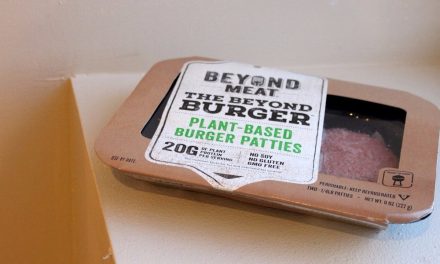Wild Fruits and Vegetables
This is fascinating. Did you know that some of your favorite fruits and veggies look NOTHING like they originally did? Why? Because we domesticated them. Now, many people will want to immediately draw the conclusion that since these foods have been modified that they are therefore no different from the GMO’s of today, but that’s simply not true. Our forefathers weren’t using the same modern technologies (not that modern or science is bad- it’s not) to splice fruits and veggies with animal DNA, or organisms like bacteria, or chemicals to help them be resistant to blight. Big difference.
RELATED STORY:
Selective Breeding Crops
No, this process was selective breeding and is a slower process where farmers select and grow crops with those traits over time. Here are some of the fruits and veg that look nothing like they used to:
Wild watermelon
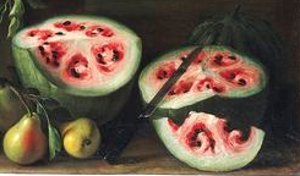 Alvaro/Wikimedia Commons
Alvaro/Wikimedia Commons
In this above 17th-century painting by Giovanni Stanchi, he depicts a watermelon that looks very different than the watermelons of today. In the painting (made between 1645 and 1672) we see that it appears to have swirly shapes embedded in six triangular pie-shaped pieces.
However, watermelons today have a red, fleshy interior (known as the placenta). You can visit here for an info graphic on the two versions.
RELATED STORY:
Wild banana
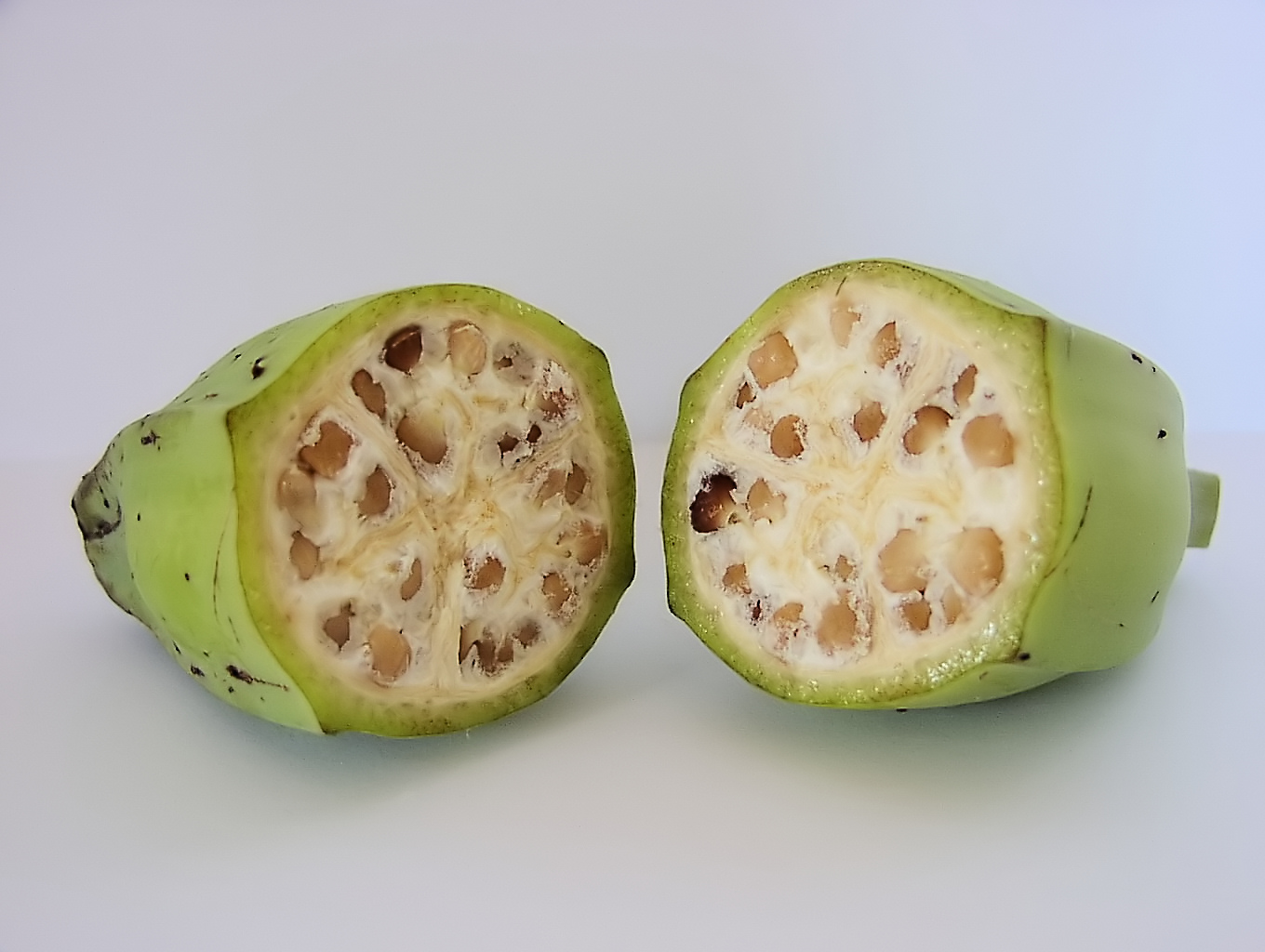 Genetic Literacy Project
Genetic Literacy Project
It is believed that the first bananas were cultivated about 7,000 years ago and possibly as early as 10,000 years ago, in what is now Papua New Guinea, although they were also grown in Southeast Asia. The bananas we know today came from two wild varieties, Musa acuminata and Musa balbisiana, which had large, hard seeds, like the ones in this photo.
Compared to its ancestor, today’s banana tastes better and is full of nutrients.
RELATED STORY:
Wild eggplant
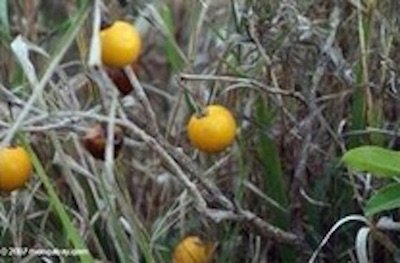 Genetic Literacy Project
Genetic Literacy Project
Eggplants have always come in a wide range of shapes and colors (white, azure, purple, and yellow). And some of the earliest eggplants, cultivated in China, had spines where the plant’s stem connects to the flowers. However, selective breeding has gotten rid of the spines and we now have the larger, oblong purple version we are most familiar with.
RELATED STORY:
Wild carrot
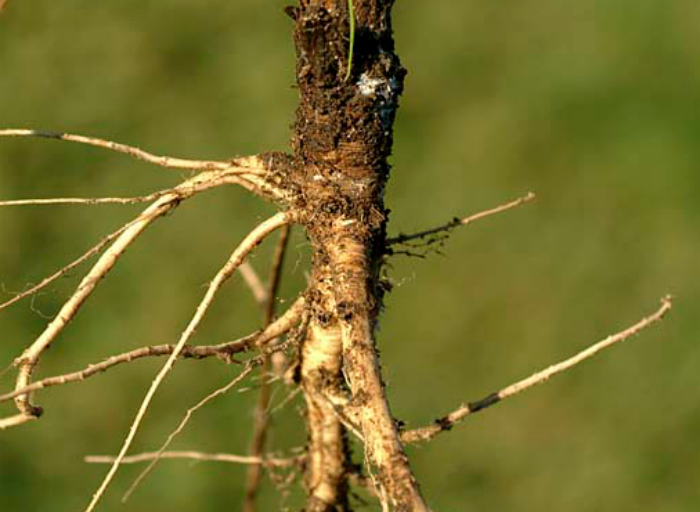 Genetic Literacy Program
Genetic Literacy Program
The earliest known carrots were grown in Persia and Asia Minor in the 10th century and are thought to have been purple or white with a thin, forked root. Over time they lost their purple pigment and became a yellow color, although you can still find them – even in some grocery stores- in purple and white.
The orange root we know today was domesticated by farmers. They took the thin, white roots, which had a strong flavor and biennial flower, and domesticated them into a tasty annual winter crop.
RELATED STORY:
Wild corn
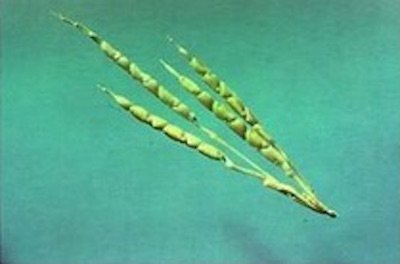 Genetic Literacy Project
Genetic Literacy Project
From the article, “Perhaps the most iconic example of selective breeding is North American sweetcorn, which was bred from the barely edible teosinte plant. Natural corn, shown here, was first domesticated in 7,000 BC and was dry like a raw potato, according to this infographic by chemistry teacher James Kennedy.
RELATED STORY:
Today, corn is 1,000 times larger than it was 9,000 years ago and much easier to peel and grow. Also, 6.6 percent of it is made up of sugar, compared with just 1.9 percent in natural corn, according to Kennedy. About half of these changes occurred since the 15th century, when European settlers started cultivating the crop.”
For more information, click here to see an info graphic on the two versions of corn.
Wild peach
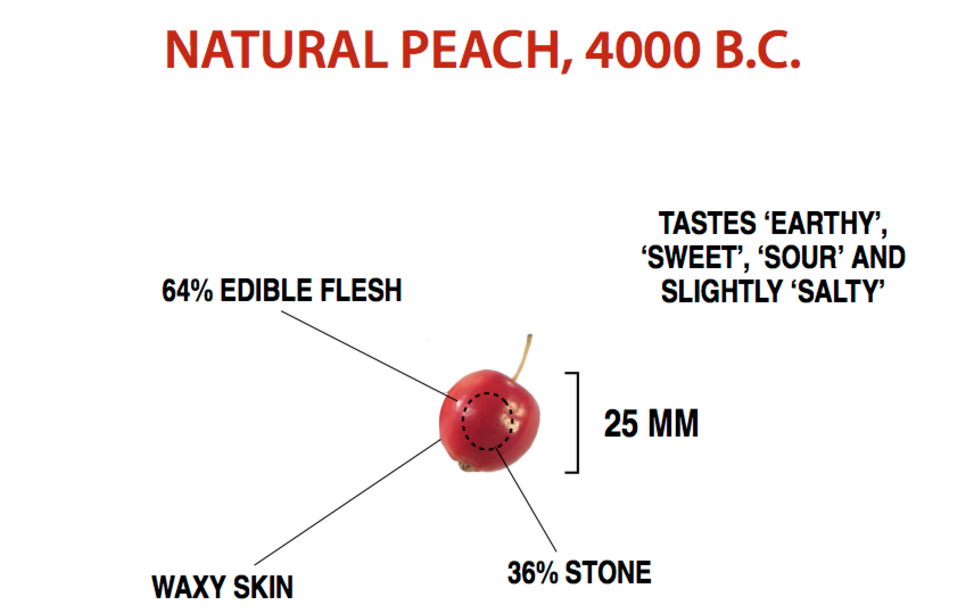 James Kennedy
James Kennedy
Originally, peaches were small, cherry-like fruits with little flesh. Domesticated around 4,000 B.C., by the Chinese, they tasted earthy and a little salty. However, after thousands of years of selective breeding, peaches are now a whopping 64 times larger, 27 percent juicier, and 4 percent sweeter! Yum.
Source: Science Alert and James Kennedy






